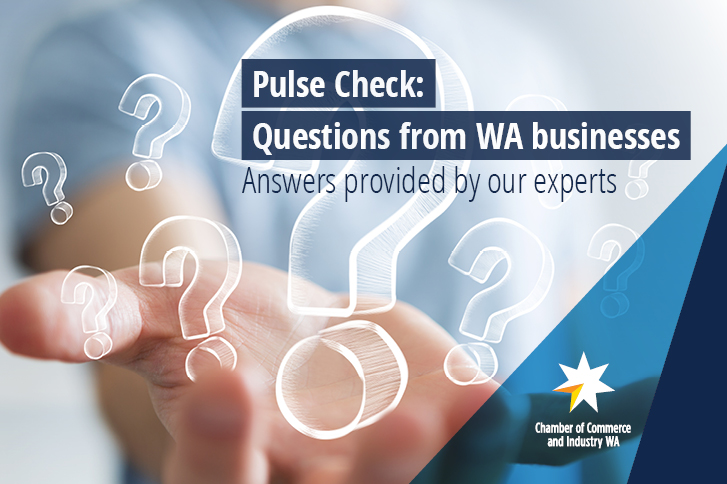Working out how much personal leave your staff members are entitled to can be complicated.
Personal leave, comprising sick and carer’s leave, is a National Employment Standards (NES) provision that entitles workers to time off when they are sick or looking after someone who is.
Our experts talk you through it.

What are the rules?
Under the NES, employees – apart from casuals - accrue 10 days of paid personal or carer’s leave for each year of service.
For part-time workers, this accrues on a pro-rata basis.
Personal and carer’s leave is accrued progressively throughout the year.
Employees are entitled to 10 “notional days” of personal and carer’s leave each year, based on 38 hours of work a week.
For employees who work fewer hours, the leave is adjusted accordingly.
When can employees access leave?
An employee can use their leave entitlements when:
- they are unfit for work due to illness or injury;
- they are providing care or support to a member of their immediate family or household who is affected by illness, personal injury or an unexpected emergency.
Employees are obligated to notify you as soon as possible if they are accessing personal or carer’s leave, as well as how much leave they expect to take.
You can also require them to provide evidence that would satisfy a reasonable person that that the absence was for the above reasons.
This evidence may include a medical certificate.
Modern awards and enterprise agreements often contain specific provisions in relation to evidence requirements.
What should be in a leave policy?
Each workplace should have its own leave policy, which should be clearly communicated to all staff.
This policy should include:
- the processes by which staff should notify you of their absence,
- the evidence you consider to be reasonable,
- the circumstances under which you require that evidence.
For example, an employee may need to notify their immediate supervisor over the phone of their absence from work and a medical certificate may be required if an absence spans more than two days.
Can you terminate an employee for absence?
If a staff member has been absent for an extended period due to personal illness, do you need to keep their role open?
Under the Fair Work Act, employees are protected from termination if their temporary absence is due to a prescribed illness or injury - which requires a medical certificate or statutory declaration.
However, they are not protected if the absence goes for longer than three months, exceeds 3 months within a 12-month period, or if they’re not on paid personal or carer’s leave.
If you terminate an employee during a protected temporary absence, you open yourself up to discrimination claims under state and federal laws and general protections claims.
Instead, make temporary arrangements to cover the role while the employee is absent and consider reasonable accommodations.
It’s also important to note that once the protected temporary absence period has lapsed, it’s still not entirely risk free.
You still do not have an automatic right to terminate an employee.
For more advice and guidance on this issue contact CCIWA’s Employee Relations Advice Centre on 08 9365 7660 or [email protected].






